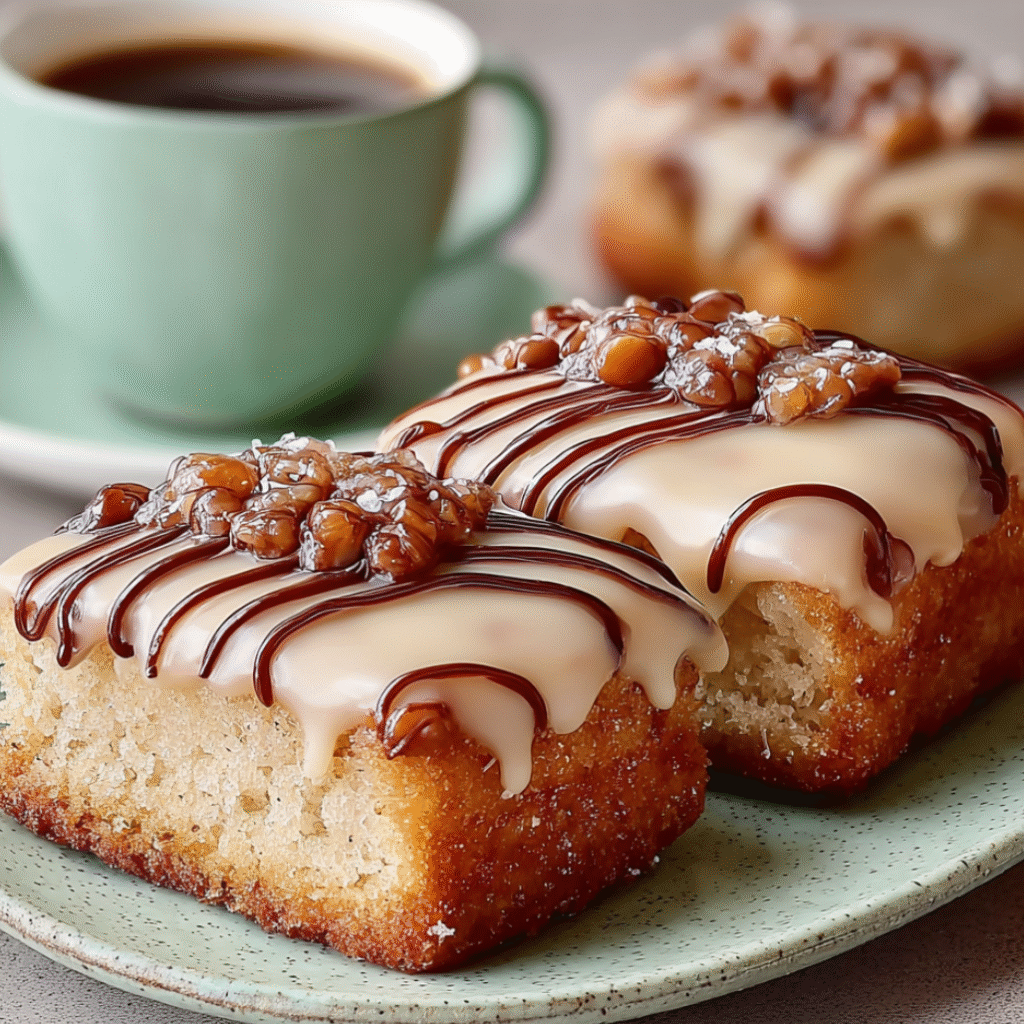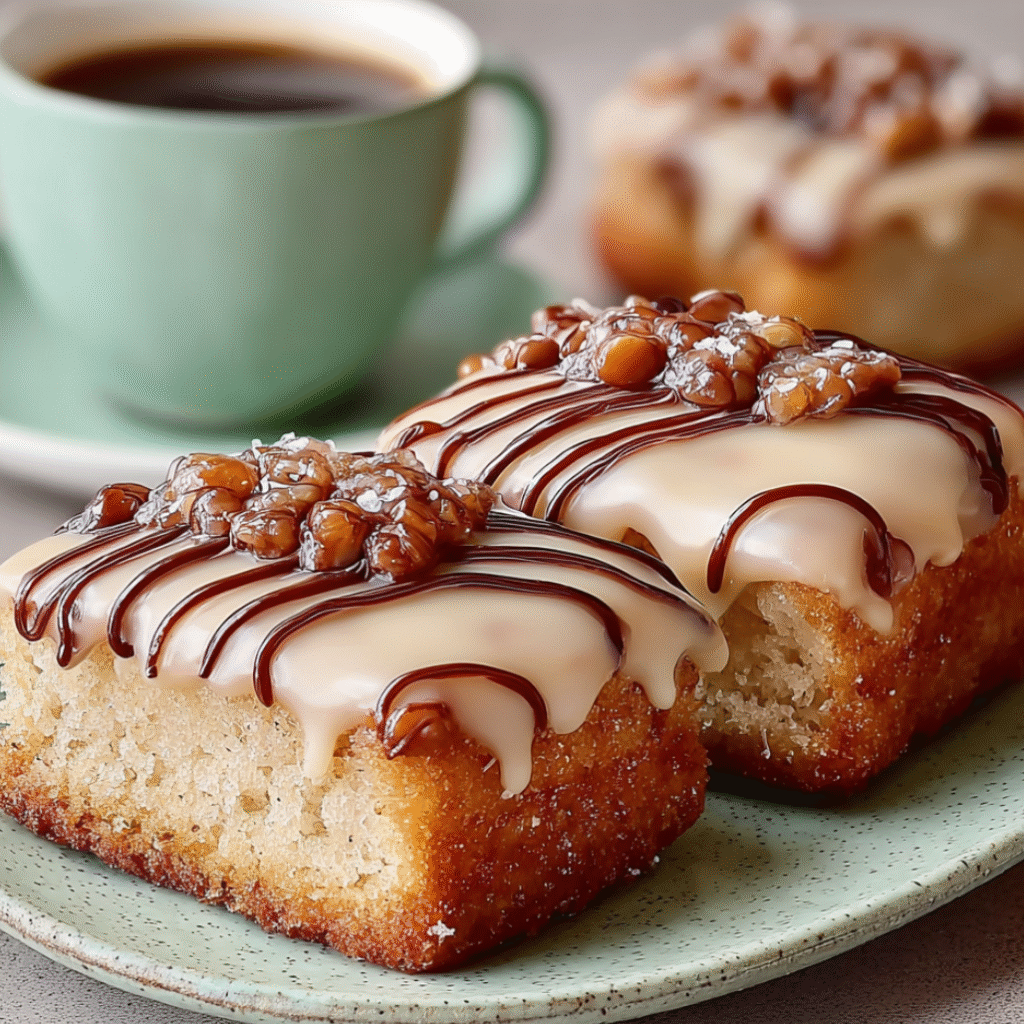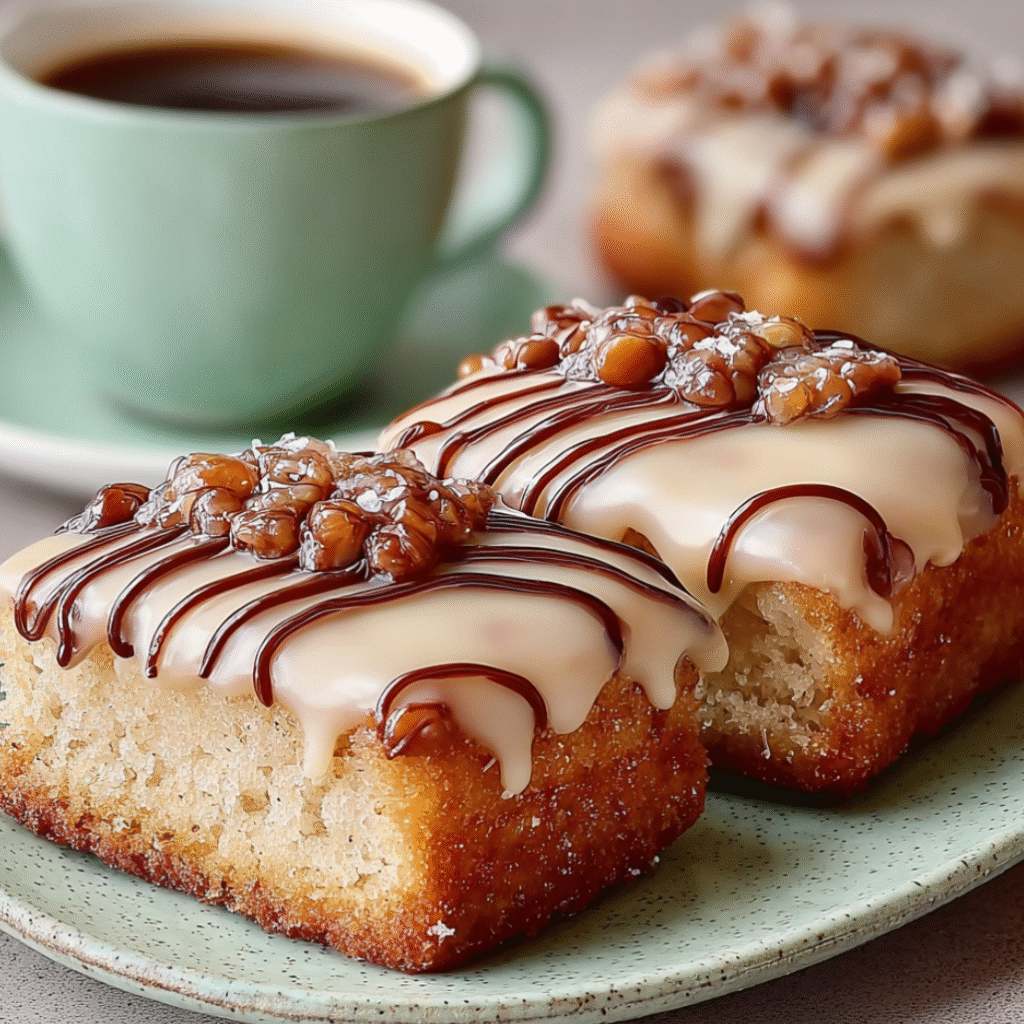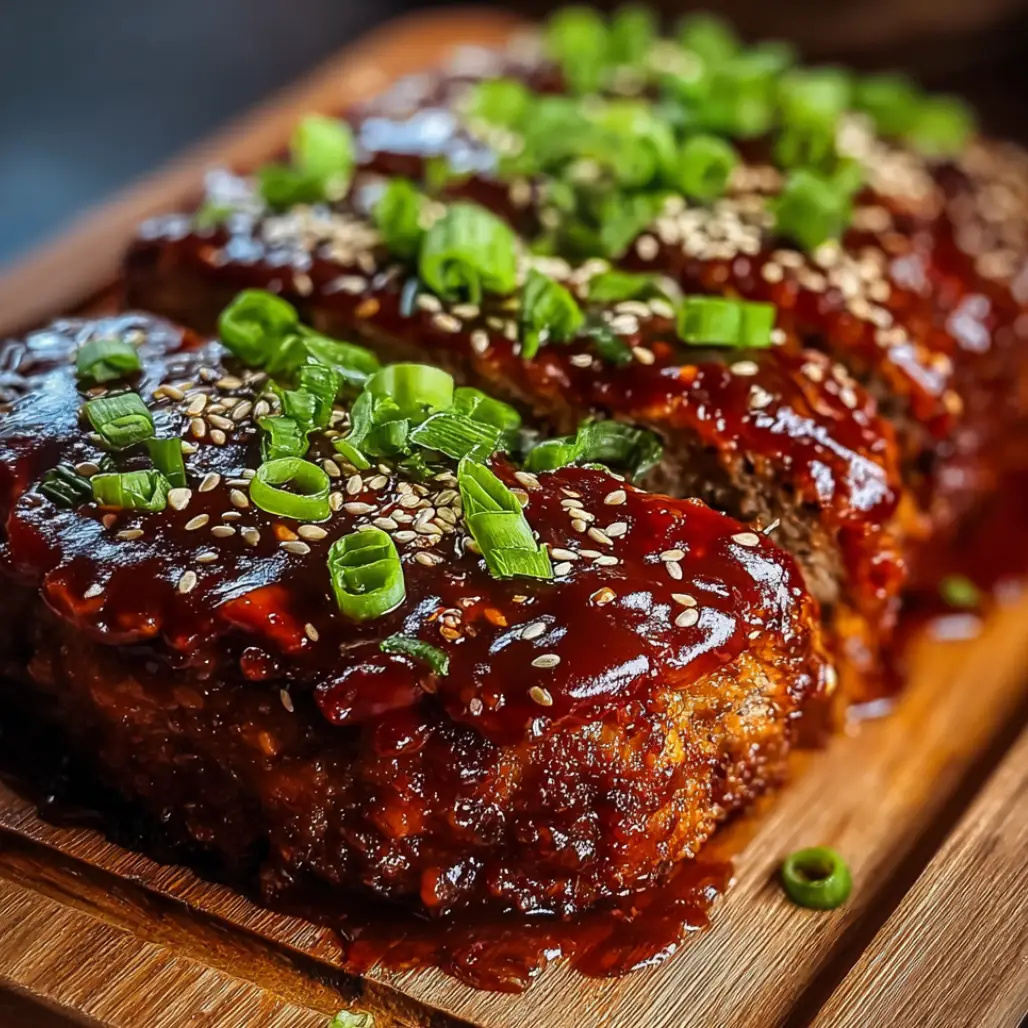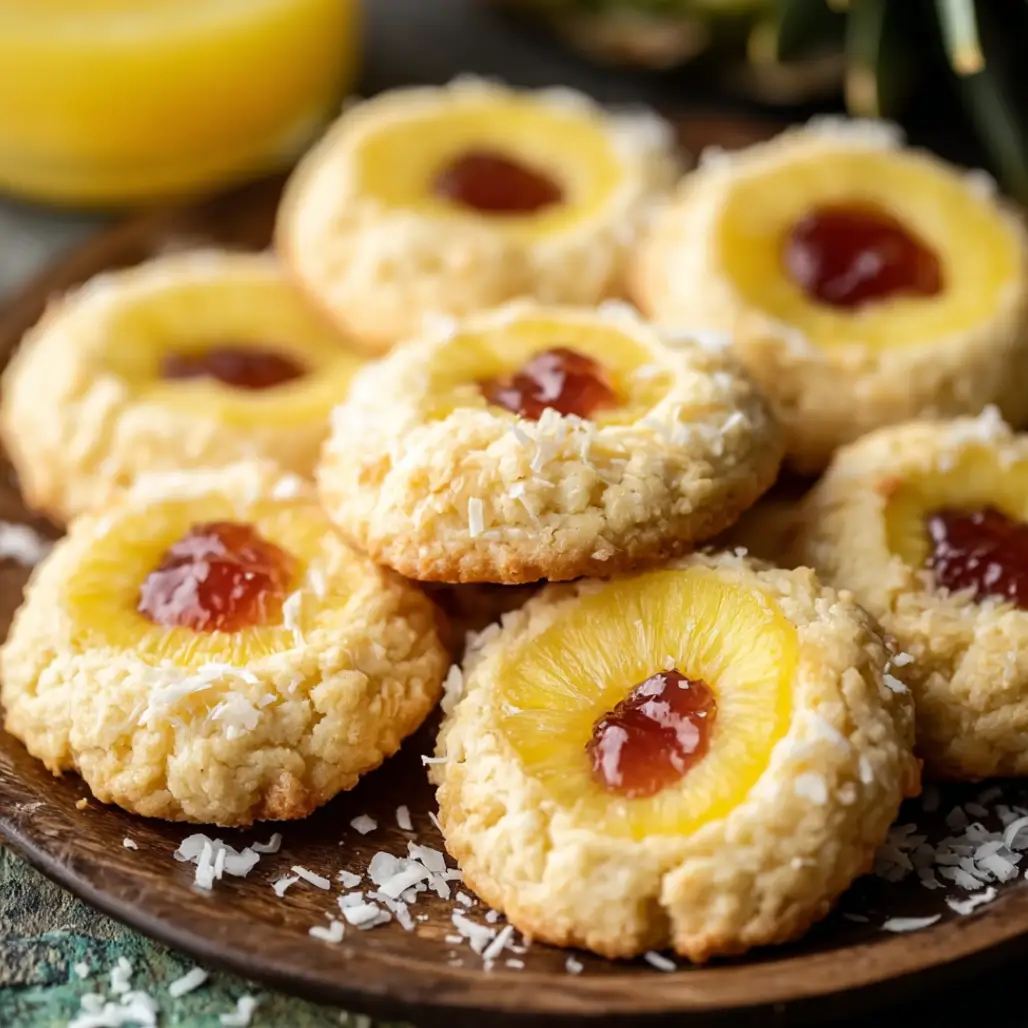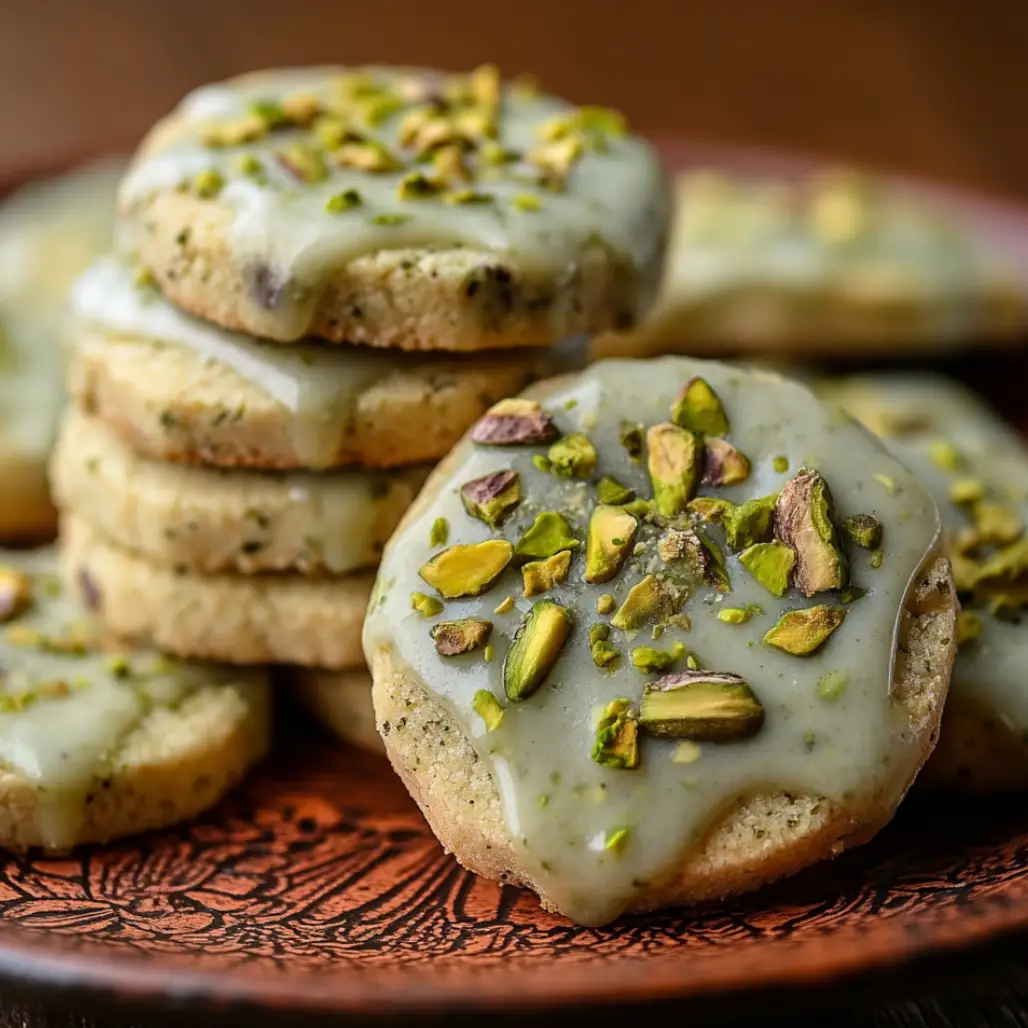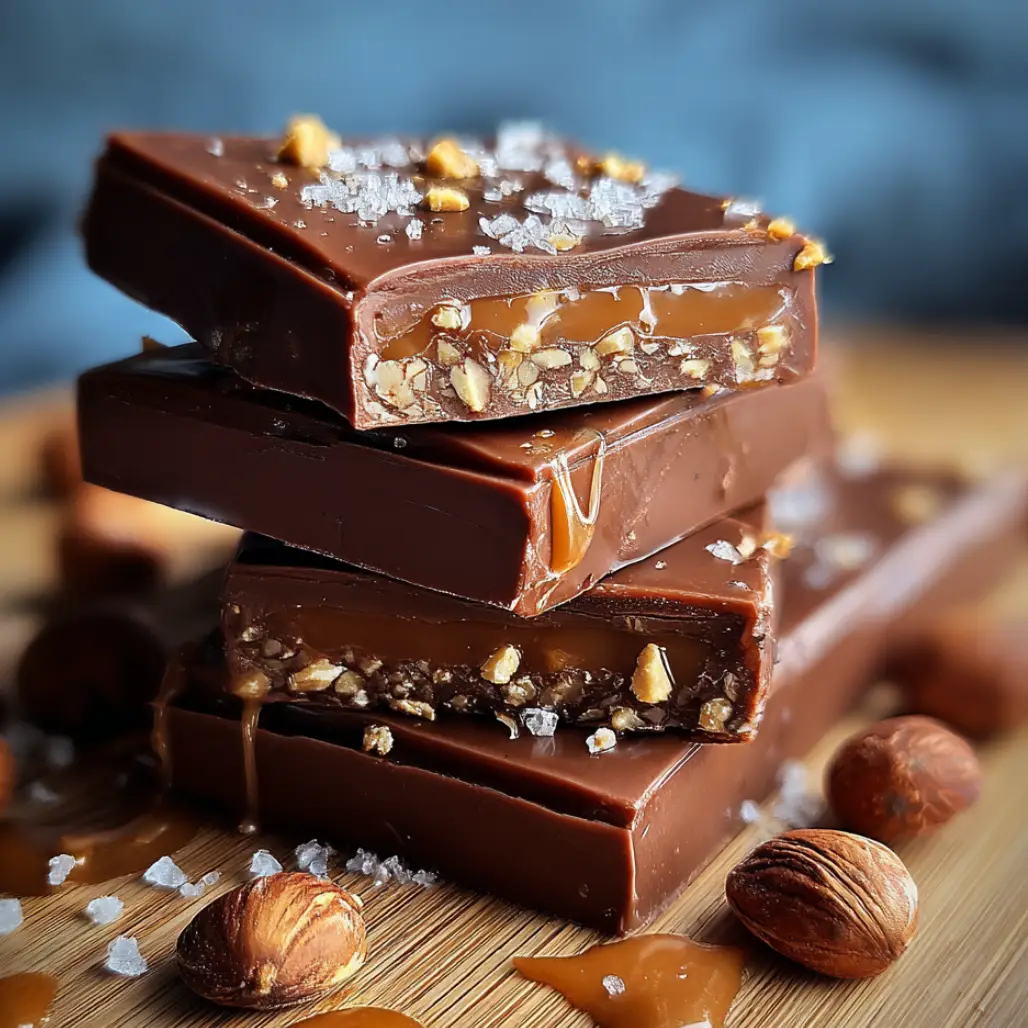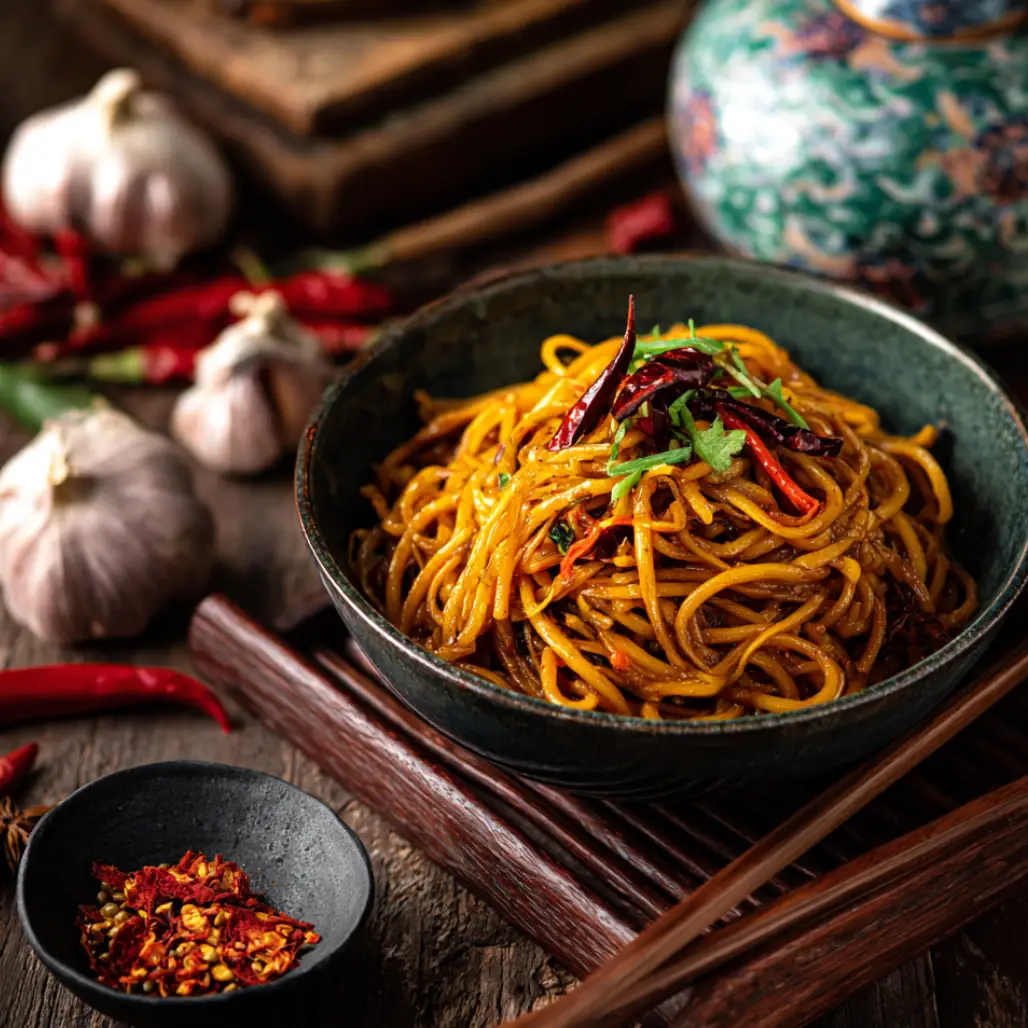| Prep Time: | 30 minutes |
|---|---|
| Cook Time: | 15 minutes |
| Total Time: | 2 hours 45 minutes |
| Serves: | 12 |
Imagine biting into these extraordinary maple donut bars that deliver a perfect combination of fluffy, pillowy texture and sweet, buttery maple glaze because this beloved recipe transforms simple ingredients into bakery-quality treats that rival anything you would find at professional donut shops. These sensational maple donut bars create pure breakfast magic because they combine traditional yeast dough techniques with rich maple flavoring that satisfies every sweet craving while providing an impressive homemade touch that makes ordinary mornings feel like special occasions.
Why Maple Donut Bars Capture Hearts Everywhere
These incredible maple donut bars work so beautifully because they represent the perfect marriage of tender, airy dough and luscious maple coating that creates an unforgettable eating experience. The yeast-raised dough provides exceptional fluffiness because proper fermentation develops complex flavors while creating the characteristic light texture that makes these bars so addictive and satisfying.
The genius of maple donut bars lies in their rectangular shape because this traditional Long John style provides more surface area for the delicious glaze while offering a unique presentation that stands out from ordinary round donuts. The maple glaze adds distinctive sweetness because real maple flavor brings warmth and comfort that reminds everyone of cozy weekend breakfasts and family gatherings around the kitchen table.
The preparation process proves surprisingly manageable because these maple donut bars require only basic baking skills that home cooks can master confidently with proper instruction and patience. The rising periods allow for flexible scheduling because you can prepare the dough in advance and fry the bars when convenient, making this recipe perfect for special brunches or weekend breakfast treats that impress without overwhelming your schedule.
Essential Ingredients for Perfect Maple Donut Bars
For the Donut Dough:
- 4 cups all-purpose flour, plus extra for dusting
- 2 1/4 teaspoons active dry yeast (one packet)
- 1 cup whole milk, warmed to 110°F
- 1/3 cup granulated sugar
- 1/4 cup unsalted butter, melted and cooled
- 2 large eggs, room temperature
- 1 teaspoon salt
- 1 teaspoon pure vanilla extract
- Vegetable oil for frying (about 2 quarts)
For the Maple Glaze:
- 3 cups powdered sugar, sifted
- 1/4 cup unsalted butter, melted
- 3 tablespoons whole milk
- 2 tablespoons pure maple syrup
- 1 teaspoon maple extract
- 1/4 teaspoon salt
The Art of Creating Maple Donut Bars
Mastering these spectacular maple donut bars requires understanding the fundamental principles of yeast dough development because successful execution depends on proper fermentation, temperature control, and frying techniques that ensure consistent results. The yeast activation process creates the foundation for exceptional texture because active yeast produces carbon dioxide bubbles that create the characteristic airy structure everyone loves in quality donuts.
The dough development phase proves crucial because proper kneading creates gluten networks that provide structure while maintaining tenderness. The rising periods allow flavor development because fermentation produces compounds that add complexity beyond simple sweetness, creating depth that distinguishes homemade maple donut bars from inferior commercial versions.
Temperature management becomes essential during frying because oil that is too hot creates dark exteriors with raw interiors, while oil that is too cool produces greasy, heavy donuts that lack the desired crispy-tender contrast. The glazing technique affects final presentation because proper consistency ensures even coating that sets beautifully without running off or becoming too thick and candy-like.
Step-by-Step Instructions for Maple Donut Bars
Step 1: Activate the Yeast Foundation
Warm the milk to exactly 110°F using a thermometer because precise temperature ensures optimal yeast activation without killing the delicate organisms. Combine the warm milk with sugar and yeast in a large mixing bowl, whisking gently because sugar provides food for the yeast while helping create the foamy appearance that indicates successful activation.
Professional Tip: Let the yeast mixture sit undisturbed for 5-10 minutes because patience allows the yeast to fully activate, creating a foamy surface that confirms viability.
Key Points: If the mixture does not foam after 10 minutes, discard and start over with fresh yeast because inactive yeast will not produce proper rise and texture.
Step 2: Build the Enriched Dough
Add the melted butter, eggs, vanilla extract, and salt to the activated yeast mixture, whisking until thoroughly combined because proper emulsification creates uniform distribution of fats and proteins. Gradually incorporate the flour one cup at a time because slow addition prevents lumps while allowing you to assess consistency and adjust as needed.
Professional Tip: Mix until the dough just comes together and appears slightly sticky because over-mixing at this stage develops too much gluten and creates tough donuts.
Key Points: The dough should pull away from the bowl sides but remain tacky to touch because this moisture level ensures tender final texture after rising and frying.
Step 3: Knead to Perfect Development
Turn the dough onto a lightly floured surface and knead for 8-10 minutes until smooth and elastic because this mechanical action aligns gluten strands and develops structure. Test for proper development by stretching a small piece because properly kneaded dough should form a thin, translucent membrane without tearing easily.
Professional Tip: Use the heel of your hand to push the dough away, then fold it back and rotate because this technique efficiently develops gluten while preventing excessive sticking.
Key Points: Add flour sparingly during kneading because too much additional flour creates dense, heavy donuts that lack the desired light texture.
Step 4: Execute the First Rise
Place the kneaded dough in a greased bowl, turning once to coat all surfaces because the oil prevents drying and sticking during fermentation. Cover tightly with plastic wrap or a damp towel because moisture retention prevents skin formation that can create texture problems in the finished maple donut bars.
Professional Tip: Create a warm proofing environment by placing the covered bowl in an oven with the light on or near a warm stovetop because consistent warmth between 75-80°F promotes optimal yeast activity.
Key Points: Allow the dough to rise for 1-1.5 hours until doubled in size because adequate fermentation develops flavor while creating the air pockets that make donuts light and fluffy.
Step 5: Shape the Donut Bars
Punch down the risen dough to release gas bubbles, then turn onto a lightly floured surface because deflating redistributes yeast and creates uniform texture throughout. Roll the dough into a rectangle approximately 12×9 inches and 1/2 inch thick because consistent thickness ensures even cooking and uniform appearance.
Professional Tip: Use a ruler and sharp knife or pizza cutter to create perfectly even rectangles measuring 4×2 inches because uniform sizing promotes consistent cooking times.
Key Points: Place cut bars on parchment-lined baking sheets spaced 2 inches apart because adequate room allows for expansion during the second rise without bars sticking together.
Step 6: Complete the Second Rise
Cover the shaped bars loosely with plastic wrap or a clean kitchen towel because protection prevents surface drying while allowing room for expansion. Allow bars to rise for 30-45 minutes until puffy and nearly doubled because this final fermentation creates the ultimate light texture that defines quality maple donut bars.
Professional Tip: Gently press a fingertip into a bar surface because properly risen dough should spring back slowly, leaving a slight indentation that indicates readiness for frying.
Key Points: Avoid over-proofing because excessively risen bars become fragile and may collapse during frying, creating dense, greasy results.
Step 7: Fry to Golden Perfection
Heat vegetable oil in a deep, heavy pot to exactly 360°F because precise temperature control ensures proper cooking without excessive grease absorption. Carefully lower 2-3 bars at a time into the hot oil using a slotted spoon because overcrowding lowers oil temperature and creates uneven cooking.
Professional Tip: Fry bars for 1-2 minutes per side until deep golden brown because even coloring indicates thorough cooking while maintaining tender interior texture.
Key Points: Monitor oil temperature constantly and adjust heat as needed because maintaining consistent 360°F throughout frying ensures uniform results across all batches.
Step 8: Create the Luscious Glaze
Whisk together powdered sugar, melted butter, milk, maple syrup, maple extract, and salt in a shallow bowl because thorough mixing creates smooth consistency without lumps. Adjust thickness by adding more milk or powdered sugar because proper consistency should coat the back of a spoon without being too runny or too thick.
Professional Tip: Prepare the glaze while the last batch fries because warm donuts accept glaze better than cool ones, creating beautiful, even coating.
Key Points: Dip warm maple donut bars top-side down into the glaze, allowing excess to drip off because this technique creates attractive, professional-looking finish without waste.
Professional Tips for Perfect Maple Donut Bars
Quality ingredients make significant differences because real butter, pure vanilla extract, and genuine maple syrup create superior flavor compared to artificial substitutes that taste flat and chemical. Invest in a reliable deep-fry thermometer because accurate temperature monitoring proves essential for achieving consistent results that match professional bakery standards.
Plan timing strategically because maple donut bars taste best within hours of frying when the exterior maintains optimal crispness while the interior stays incredibly tender. Consider making the dough the night before because overnight refrigeration develops deeper flavors while allowing you to fry fresh bars for leisurely weekend brunches or special breakfast gatherings.
Master the frying technique because proper oil temperature and timing create the perfect balance between crispy exterior and fluffy interior that distinguishes exceptional donuts from mediocre attempts. Practice makes perfect because each batch teaches valuable lessons about dough handling, temperature control, and glazing techniques that improve your skills and confidence.
Creative Variations for Maple Donut Bars
Transform these basic maple donut bars into exciting alternatives because creativity allows you to explore different flavor profiles and topping combinations that appeal to various preferences. Add crispy bacon pieces to the glaze because the salty-sweet combination creates irresistible flavor contrast that appeals to adventurous eaters who appreciate bold combinations.
Experiment with different glazes because chocolate, vanilla, or even coffee-flavored coatings provide delicious alternatives while maintaining the exceptional base dough that makes these bars special. Consider adding cinnamon or nutmeg to the dough because warm spices enhance the maple flavor while creating aromatic appeal that fills your kitchen with irresistible scents.
Try baking instead of frying because this healthier alternative still produces delicious results when you brush the bars with melted butter and bake at 375°F for 10-12 minutes. Fill the bars with cream or custard because adding luscious centers transforms simple maple donut bars into spectacular Long John style donuts that rival the finest bakery creations.
Perfect Pairing Ideas for Maple Donut Bars
These indulgent maple donut bars pair beautifully with hot coffee or tea because bitter beverages balance the sweet glaze while cleansing the palate between bites. Consider serving alongside fresh fruit salads from https://tastymiddles.com/category/salads/ because bright, acidic fruits provide refreshing contrast to the rich, sweet donuts while adding nutritional value to breakfast spreads.
Create impressive brunch displays by combining these bars with savory appetizers from https://tastymiddles.com/category/snacks-appetizers/ because offering both sweet and savory options satisfies diverse preferences and creates memorable entertaining experiences. Round out breakfast menus with complementary sides from https://tastymiddles.com/category/perfect-sides/ because well-planned accompaniments transform simple donut service into complete, satisfying meals.
Pair with refreshing beverages from https://solushrecipes.com/category/refreshing-beverages/ because cold drinks provide pleasant temperature contrast while helping balance the richness of fried, glazed pastries. Consider hot chocolate or flavored lattes because warm drinks enhance the cozy comfort that maple donut bars naturally provide during leisurely weekend mornings.
Discover More Breakfast Delights
Expand your breakfast repertoire with additional morning favorites from https://solushrecipes.com/category/breakfast-favorites/ because building a collection of reliable recipes enhances your entertaining capabilities and provides variety for family meals. Explore complementary dishes that share similar comfort food characteristics because cohesive menus create more enjoyable dining experiences than randomly assembled offerings.
Develop your skills with flavored preparations from https://solushrecipes.com/category/flavored-dips-marinades/ because versatile sauces and spreads enhance simple bread-based items like these maple donut bars. Consider savory accompaniments from https://solushrecipes.com/category/savory-sides/ because balancing sweet treats with protein-rich or vegetable-based dishes creates more nutritionally complete breakfast spreads.
Master fundamental baking techniques because confidence with yeast dough opens possibilities for countless sweet and savory preparations that showcase your growing culinary skills and creativity in the kitchen.
Storage Guidelines for Maple Donut Bars
Proper storage techniques preserve both flavor and texture because these maple donut bars taste best fresh but remain enjoyable for several days when handled correctly. Store at room temperature in airtight containers for up to 2 days because this method maintains texture better than refrigeration, which can make the glaze sticky and the bars tough.
Freeze unglazed bars for up to 3 months because the glaze becomes messy and loses quality during freezing and thawing. Wrap individual bars tightly in plastic wrap, then place in freezer bags because double protection prevents freezer burn and maintains quality during extended storage periods.
Reheat frozen bars in a 300°F oven for 5-7 minutes because gentle warming restores freshness without drying out the delicate texture. Apply fresh glaze after reheating because newly made coating provides better flavor and appearance than attempting to freeze glazed bars that become sticky and unattractive.
The Science Behind Perfect Maple Donut Bars
Understanding yeast fermentation improves results because knowledge of biological processes helps predict dough behavior and troubleshoot problems effectively. Yeast consumes sugars and produces carbon dioxide and alcohol because these byproducts create rise and develop complex flavors that distinguish well-made dough from quick chemical-leavened alternatives.
Gluten development determines final texture because protein networks trap gas bubbles and provide structure that supports the tender crumb everyone loves in quality donuts. The frying process creates rapid heat transfer because hot oil causes immediate surface dehydration that forms the crispy exterior while steam generated inside creates the light, airy interior characteristic of exceptional maple donut bars.
Temperature control affects oil absorption because properly heated oil creates instant crust that minimizes grease penetration, while cooler oil allows excessive absorption that creates heavy, greasy results. The Maillard reaction produces attractive golden color because amino acids and sugars interact at high temperatures, creating hundreds of flavor compounds that enhance overall eating enjoyment.
Troubleshooting Common Maple Donut Bar Issues
Dense, heavy texture results from insufficient rising because inadequate fermentation fails to develop proper air structure that makes donuts light and tender. Ensure warm proofing environment and adequate time because rushing the process produces disappointing results that waste ingredients and effort.
Greasy donuts indicate incorrect frying temperature because oil that is too cool allows excessive absorption during the extended cooking time required to achieve proper doneness. Monitor temperature constantly and adjust heat frequently because maintaining consistent 360°F proves essential for achieving professional-quality results.
Uneven browning occurs when oil temperature fluctuates because temperature drops happen when too many bars are added simultaneously. Fry small batches and allow recovery time between additions because patience ensures uniform color and texture across all batches of maple donut bars.
Additional Sweet Breakfast Inspirations
Continue your baking exploration with delightful desserts from https://tastymiddles.com/category/dessert-recipes/ because many sweet preparations share similar techniques and ingredients that build upon skills developed making these maple donut bars. Consider pastries and cakes because yeast dough expertise translates well to related preparations that expand your baking repertoire.
Build confidence with progressively challenging projects because each successful batch teaches valuable lessons about ingredient interactions, timing, and technique refinement that enhance overall cooking abilities. Remember that baking combines science and art because understanding principles enables creativity while following proven techniques ensures consistent success.
Practice regularly because skill development requires repetition and experimentation that gradually transform nervous beginners into confident home bakers who create impressive treats that bring joy to family and friends gathering around your table.
Conclusion
These exceptional maple donut bars represent the perfect combination of traditional baking techniques and comforting flavors because they transform simple ingredients into extraordinary treats that rival professional bakery offerings. The tender, fluffy texture combined with luscious maple glaze creates unforgettable eating experiences because every element works together harmoniously to deliver satisfaction and joy.
Whether preparing special weekend breakfasts or celebrating holiday mornings, these maple donut bars guarantee impressive results because the classic flavor profile and beautiful presentation demonstrate baking skill while remaining accessible to home cooks willing to invest time and attention. The recipe’s flexibility allows for creative customization because variations accommodate personal preferences and dietary needs without compromising the essential characteristics that make these bars truly memorable and absolutely delicious for every occasion.

